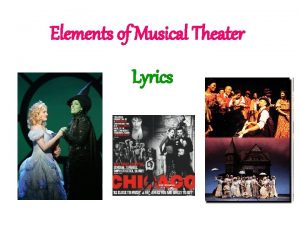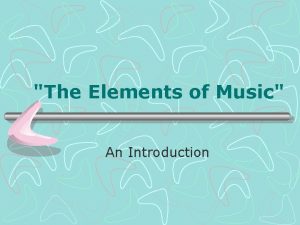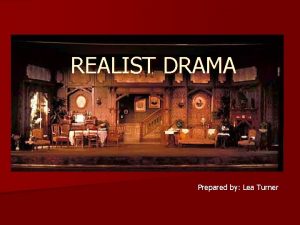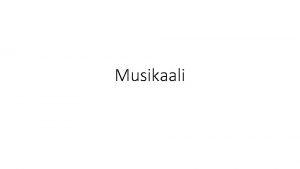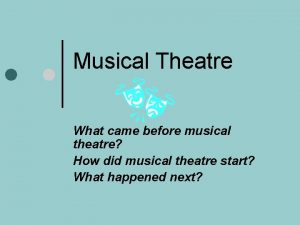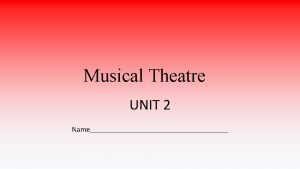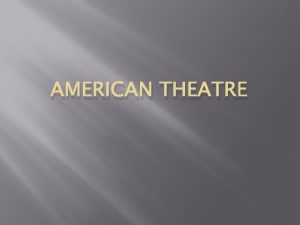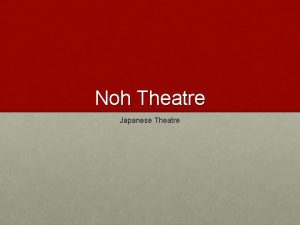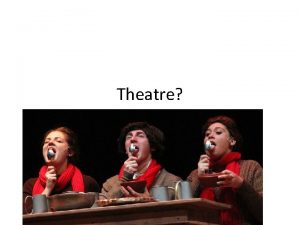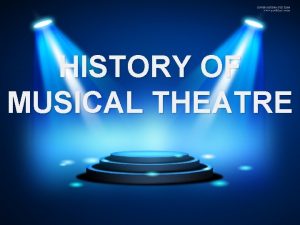The Musical Theatre Unit Unit Goal The goal









- Slides: 9

The Musical Theatre Unit! Unit Goal: The goal of this unit is to explore how characters in the musical Oliver! express their own power and privilege despite the lack of authority, security, and freedom.

Why are doing musical theatre? • Throughout the history of theatre and performance, musical theatre has been a major component. From tribal rituals to storytelling, musical performance has been a cornerstone of how we connect to a story. • Today’s modern musical theatre form is an invention of American Theatre. • Modern musicals have their roots in Vaudeville and Burlesque theatre performances.

Key Concepts • Unit Goal: Using their experiences and understanding of the story/characters in Oliver! students will compose a musical performance to play and communicate the story of their song.

Global Context • Students will explore how characters in the musical Oliver! express their own power and privilege despite the lack of authority, security, and freedom.

Considerations in composing your performance • How will your group physically depict the following concepts presented in Oliver!? Which are most relevant to your performance? 1. Injustice 2. Privilege 3. Security 4. Freedom

Song Choices • Look over the list while a portion for each of the songs is played. Which one do you think you could do the best with as part of a musical performance? a. Food, Glorious Food b. Consider Yourself c. You’ve Got to Pick a Pocket or Two d. I’d Do Anything e. Be Back Soon f. It’s a Fine Life g. Oom-Pah

Group Expectations • Once groups are formed, you are responsible for incorporating the following performance aspects. a. Convincing Lip Sync/Facial Expression b. Choreography that physically communicates the song’s story and characters’ situation. c. Character d. Original opening and closing dialogue that provides context for the song/scene.

Preparation • Once your group has chosen a song you will write a 1 minute script for the scene that will open your song. (your scene should flow seamlessly into the song just like a real musical) • Block your scene with planned movement and/or choreography. • Write the choreography on the sheet with your lyrics. (Have an agreed upon language for the names of the dance steps. As a class, we will practice 5 basic dance steps that your group may choose to incorporate into your performance or the group may go off on their own to create your own dance/movement. ) • Write a few of lines to end your performance (this can literally be 1 to 3 lines just to wrap it up) • Your entire group will receive the same grade, so make sure that everyone does there share and does NOT break Character! • In addition, there will be an individual grade earned for each performer.

The Rubric • Criterion A: Knowing and Understanding (Dialogue created for the song demonstrates a clear and logical set up and closing for the song performance as it relates to power, injustice, and freedom. ) • Criterion B: Developing Skills (The performance presents choreography, lip sync, facial expression, and characterization. ) • Criterion C: Thinking Creatively (Performance uses the experiences of musical performance to communicate the intentions of the chosen song. )
